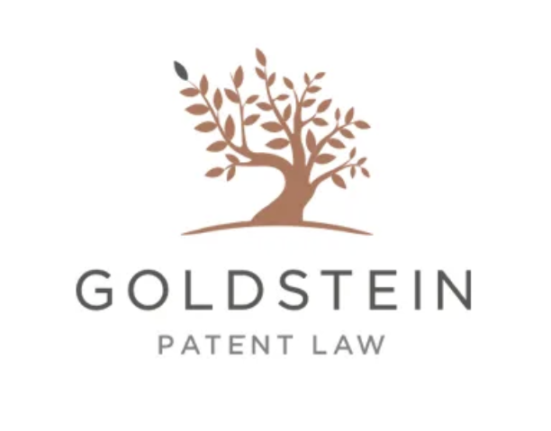Expiring patents can be a catalyst for M&A in the life sciences industry as pharmaceutical and biotechnology companies seek to maintain revenue streams and competitive advantages. In this edition of Beyond the Deal, our lawyers assess the evolving landscape, share insights on the impacts of strategic deals and explain how they can shape the future of drug development and commercialization.
Daryn Grossman
Partner, Life Sciences
” src=”https://prfirmpwwwcdn0001.azureedge.net/azstgacctpwwwct0001/uploads/10d387d5ce63e7339fde59cf959a6233.png”>
Daryn Grossman
Partner, Life Sciences
“The life sciences industry will continue to be fueled by the expiration of patents on branded products. While the talk has been about patent cliffs — which typically portends significant danger — this is a significant opportunity both for original drug manufacturers and for generics and biosimilars makers. The original drug manufacturers will be looking to replace lost revenue, and they will do this through seeking additional revenue opportunities by partnering with innovator companies for developed assets — and also earlier stage assets — in traditional licensing and M&A transactions. Part of the market opportunity is the ability to deploy advanced drug discovery technologies which can be used to harness data and leverage AI predictive modeling, sharpen clinical trial design and enhance manufacturing — all in an effort to expedite approval and get new revenue generating product on the market. At the same time, patent expiration provides greater opportunities for the generic and biosimilar players, who will rush to capture the market share lost by newly unpatented drugs; we also envision seeing the license and M&A activity increase for generics and biosimilars, mimicking the long-established market for branded drugs.”
Baldassare (‘Baldo’) Vinti
Partner, Intellectual Property Litigation
” src=”https://prfirmpwwwcdn0001.azureedge.net/azstgacctpwwwct0001/uploads/8884b6c7f36a4eb60271d64871303b32.png”>
Baldassare (‘Baldo’) Vinti
Partner, Intellectual Property Litigation
“As life sciences companies seek to replenish pipelines and offset revenue loss from patent cliffs, M&A is critical. Beyond traditional asset acquisitions, firms are increasingly leveraging advanced computational drug discovery — such as machine learning-driven molecular modeling and AI-enhanced phenotypic screening — to identify novel compounds and expand indications for existing drugs. These technologies don’t just complement M&A; they make targets more attractive by accelerating innovation and derisking clinical pipelines. In today’s market, the smartest deals aren’t just about acquiring assets — they’re about securing the next frontier of biomedical innovation.”
Fangli Chen, Ph.D.
Partner, Life Sciences Patent
” src=”https://prfirmpwwwcdn0001.azureedge.net/azstgacctpwwwct0001/uploads/a8b871df60a02345e0592825b932ed2c.png”>
Fangli Chen, Ph.D.
Partner, Life Sciences Patent
“According to a recent report by EY, in the next 5-8 years, the patents on dozens of brand-name and blockbuster drugs will expire. Expiration of patent protection allows cheaper generic versions to enter market. By some estimates, big pharma companies could lose more than $400 billion in revenue. In anticipation of this so-called patent cliff, big pharma will likely spend significant resources in the near future to acquire companies in the business of developing the next blockbuster drugs, particularly later stage start-ups with precommercial assets.”
Laura Goldsmith
Partner, Technology, Media and Telecommunications
” src=”https://prfirmpwwwcdn0001.azureedge.net/azstgacctpwwwct0001/uploads/978d1f526d638daf8cc972c7cbb41cef.png”>
Laura Goldsmith
Partner, Technology, Media and Telecommunications
“With patent cliffs looming, generics and biosimilars will race to market to compete with their branded counterparts. This will fuel M&A and licensing deals among generic and biosimilar businesses seeking to capitalize on the significant opportunity and capture market share. Meanwhile, branded life science companies will look to convert cash reserves into near-term revenue streams through licensing and strategic M&A, particularly to acquire rights to late-stage assets. Acquirors with more time to replace lost revenue are increasingly looking at early-stage businesses with innovative, tech-powered R&D platforms with the potential to slash timelines from discovery to approval.”
[View source.]







